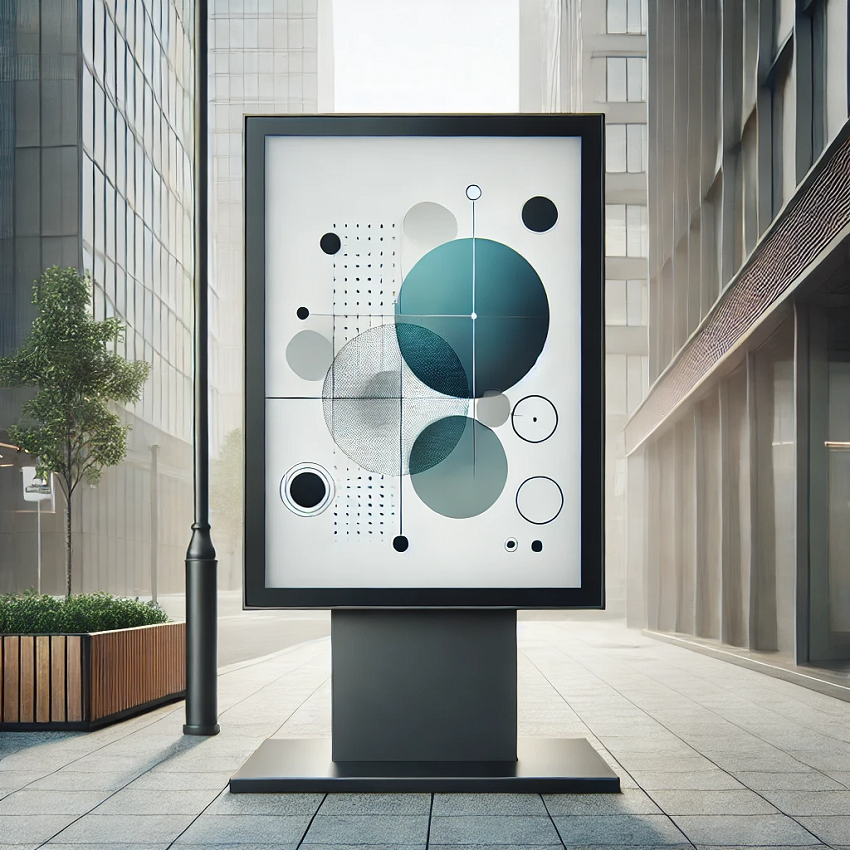Digital Out of Home (DOOH) advertising has revolutionized how brands connect with audiences. Among the most impactful advancements in this field is Dynamic DOOH Ad Targeting, which allows advertisers to adapt their campaigns in real time to engage audiences more effectively. By leveraging dynamic data, brands can deliver messages tailored to specific contexts, from time and location to weather and audience demographics. But how does this strategy work, and why is it so effective?
What is Dynamic DOOH Ad Targeting?
Dynamic DOOH Ad Targeting refers to the use of real-time data to adjust digital advertisements displayed on outdoor screens. This technology enables brands to deliver highly relevant messages based on factors like the current environment, audience characteristics, or even cultural trends. For example, a brand might display ads for sunscreen on a sunny day or hot coffee during a cold snap.
For companies like Confirm, specializing in DOOH reporting and proof of play, dynamic targeting represents a significant step forward. Confirm’s dashboard offers advertisers a comprehensive view of ad performance, helping them track, optimize, and adapt their campaigns for maximum impact.
Key Benefits
Dynamic targeting in DOOH provides advertisers with unmatched flexibility and effectiveness. Here are some key benefits, illustrated with real-world examples:
1. Enhancing Relevance Through Contextual Advertising
By aligning messages with real-time conditions, dynamic targeting ensures ads are always relevant. This increases audience engagement and makes the campaign feel more personalized.
Example: Adidas used dynamic DOOH targeting during the launch of a new running shoe. The campaign displayed ads in parks and jogging routes during the early morning and evening hours, when runners were most likely to be out. This strategy led to higher engagement and an increase in sales for the new product.
2. Leveraging Real-Time Data for Adaptive Campaigns
Dynamic targeting allows brands to modify their ads in real-time based on external factors like weather, traffic, or local events. This ensures that the ads resonate with the audience’s current context.
Example: McDonald’s ran a weather-based DOOH campaign across the Netherlands. When the temperature dropped, digital screens displayed promotions for their hot drinks, while sunny days featured ads for ice cream. This real-time adaptation significantly boosted sales during peak weather conditions.
3. Boosting ROI with Precision Marketing
Dynamic targeting helps brands focus their advertising spend on high-impact locations and times, reducing waste and maximizing return on investment (ROI). By reaching the right audience with the right message, advertisers ensure every dollar counts.
Example: Heineken implemented dynamic DOOH targeting during major football matches. Ads were displayed at stadiums and sports bars, dynamically updating to celebrate team victories or promote drink specials. This campaign drove engagement and increased foot traffic to participating venues.
4. Strengthening Brand-Consumer Connection
Dynamic campaigns create a sense of immediacy and relevance, helping brands foster deeper connections with their audience. By responding to real-time events, brands appear more engaged and relatable.
Example: Spotify launched a campaign using dynamic DOOH targeting to showcase real-time music trends. Screens displayed the most-streamed tracks in specific locations, engaging audiences by highlighting their local music preferences. This strategy not only boosted user engagement but also reinforced Spotify’s image as a personalized and community-focused platform.
How to Implement Dynamic DOOH Ad Targeting
To successfully implement dynamic DOOH ad targeting, advertisers need to focus on planning, data integration, and continuous optimization. Here are some essential steps:
- Leverage Relevant Data Sources: Utilize data from weather forecasts, traffic patterns, audience demographics, and local events to inform your campaign strategy.
- Set Up Flexible Campaigns: Create adaptable ad templates that can be modified in real-time based on the selected data triggers.
- Choose High-Traffic Locations: Identify areas where your target audience is most likely to engage with your ads, such as transit hubs, shopping centers, or sports venues.
- Use Proof of Play Tools: With services like those provided by Confirm, advertisers can track ad performance and ensure that the right messages are being displayed at the right times.
- Monitor and Optimize: Continuously analyze campaign performance and make adjustments to improve effectiveness and ROI.
The Future of Dynamic DOOH Ad Targeting
Dynamic DOOH ad targeting is poised for further innovation as technologies like artificial intelligence (AI) and machine learning (ML) become more integrated into advertising platforms. These advancements will enable even more precise targeting, predictive analytics, and creative possibilities.
Example of Innovation: Imagine a retail brand using AI-driven dynamic targeting to adjust ads based on real-time shopping trends. If a specific product becomes a bestseller, ads promoting that item can instantly appear across digital screens in high-traffic areas, maximizing sales opportunities.
Conclusion
Dynamic DOOH Ad Targeting is transforming how brands connect with audiences, offering a new level of personalization and relevance in outdoor advertising. By leveraging real-time data and adjusting campaigns on the fly, advertisers can create highly impactful messaging that resonates with their audience and drives results.
Confirm is at the forefront of this evolution, providing advertisers with the tools they need to manage, adapt, and optimize DOOH campaigns with ease. With Confirm’s standalone dashboard and proof of play reporting, brands can monitor campaign performance and ensure they’re making the most of their advertising efforts.
For brands looking to thrive in today’s competitive landscape, embracing dynamic DOOH ad targeting isn’t just an advantage—it’s a necessity. Start leveraging the power of real-time targeting to connect with audiences like never before.
